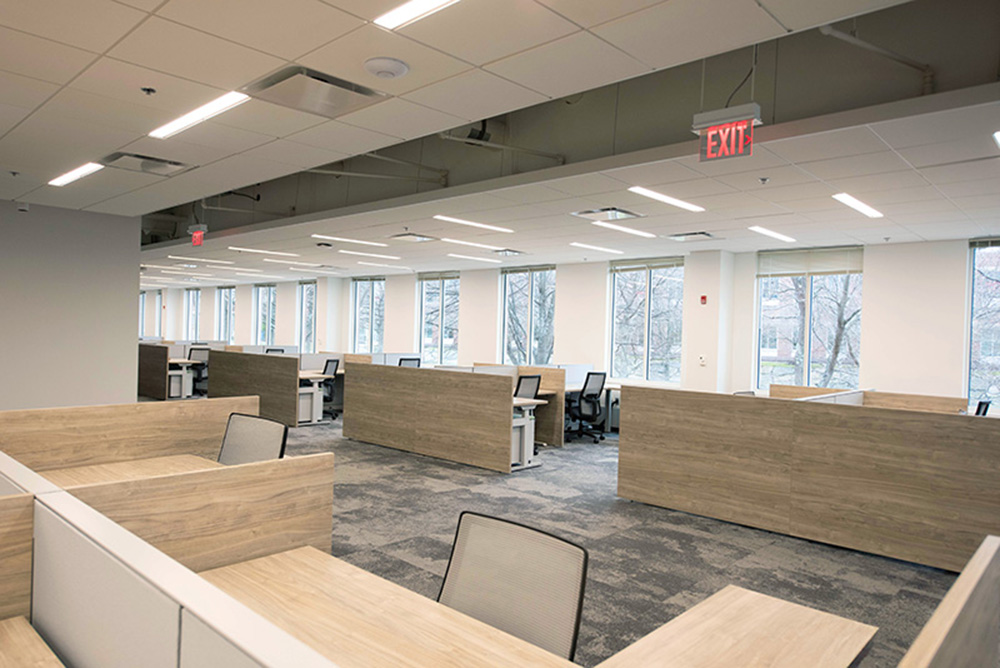The current status of the real estate appraisal profession - by Robert Concannon

Appraisal Institute
The number of real estate appraisers has substantially declined over the past five years. This trend has led to more expensive fees, longer delivery times, and, in some instances, less credible results as appraisers cover larger areas and different types of properties. Pursuant to published figures from the Appraisal Institute as of June 30, 2017, there were a total of 73,813 appraisers licensed in the United States. This represents a decline of roughly 20% from 2007 (peak of prior real estate boom). Compounding this, an additional decline of between 3% - 4% is expected annually over the next 10 - 15 years. Most of the reduction has been with residential appraisers. This is attributed to increased professional requirements the enter the profession, a reduced number of potential participants, and the emergence of appraisal management companies who now control a larger portion of the residential appraisal market.
To the typical consumer (a home/business property buyer or refinancer), the impact may seem negligible with longer waiting times and increased fees isolated to rural markets with a limited number of appraisers. It is also potentially problematic with special use type properties or business properties requiring allocations to personal property and intangibles (ie: goodwill). With most of the reduction in the profession occurring with residential appraisers, there is a concern that lenders may not be able to get updated appraisals for new home purchases. These assignments are especially important to buyers who could overpay for new home purchases and to sellers who can potentially have sales fall through if estimated market values are below the purchase prices.
While the impact to many existing appraisers typically leads to more business for fewer appraisers and increased fees, this long-term impact is usually more troublesome. According to Scott Robinson, MAI (former president of the Appraisal Institute), “the marketplace will undoubtedly adjust to increased completion times and fees and many of the existing customers will turn to other valuation products, like AVM’s, desktop valuations, evaluation, etc. to avoid obtaining appraisals. Once this work has shifted to new providers and/or valuation tools, history has taught our profession that this work will not return.”
Adding further concern to the current trend the average age of an appraiser is increasing with 62% of appraisers being 51 years or older, while only 24% are between 36 and 50 years old and 13% are 35 years old and younger. Many industry experts attributed this to smaller pools of potential candidates with financial institutions no longer hiring and training entry level appraisers. Additionally, the requirements for becoming an appraiser have increased over the past couple of decades with numerous classes, years of apprentice work, and most recently a four-year (college) degree required to become a certified residential appraisal.
If the current shortage in appraisers is not addressed and lenders and other large clients are unable to get appraisals in a timely and cost-effective manner, many industry executives believe financial institutions may ask federal regulatory agencies to relax existing rules by allowing other alterative computer-generated valuation methods instead. Additionally, new competency based exams are being considered to shorten the time trainees spend gaining experience. Oversight boards are also considering new courses to allow college students to gain practical experience before graduation.
While these ideas provide partial solutions to help offset the current downward trend in the number of appraisers, further efforts will be needed if the current demographic profile (average appraiser age) doesn’t decline. Through a combination of revising existing training and certification standards, working with colleges to develop new classes to expedite academic requirements, and relaxing existing appraisal standards, the appraisal profession is attempting to address the current demand for high quality real estate valuation services.
Robert Concannon, MAI, is vice president and director of the New Hampshire/Vermont Chapter of the Appraisal Institute.
Boyle of Chozick Realty negotiates $7.95m sale of 66-unit property







